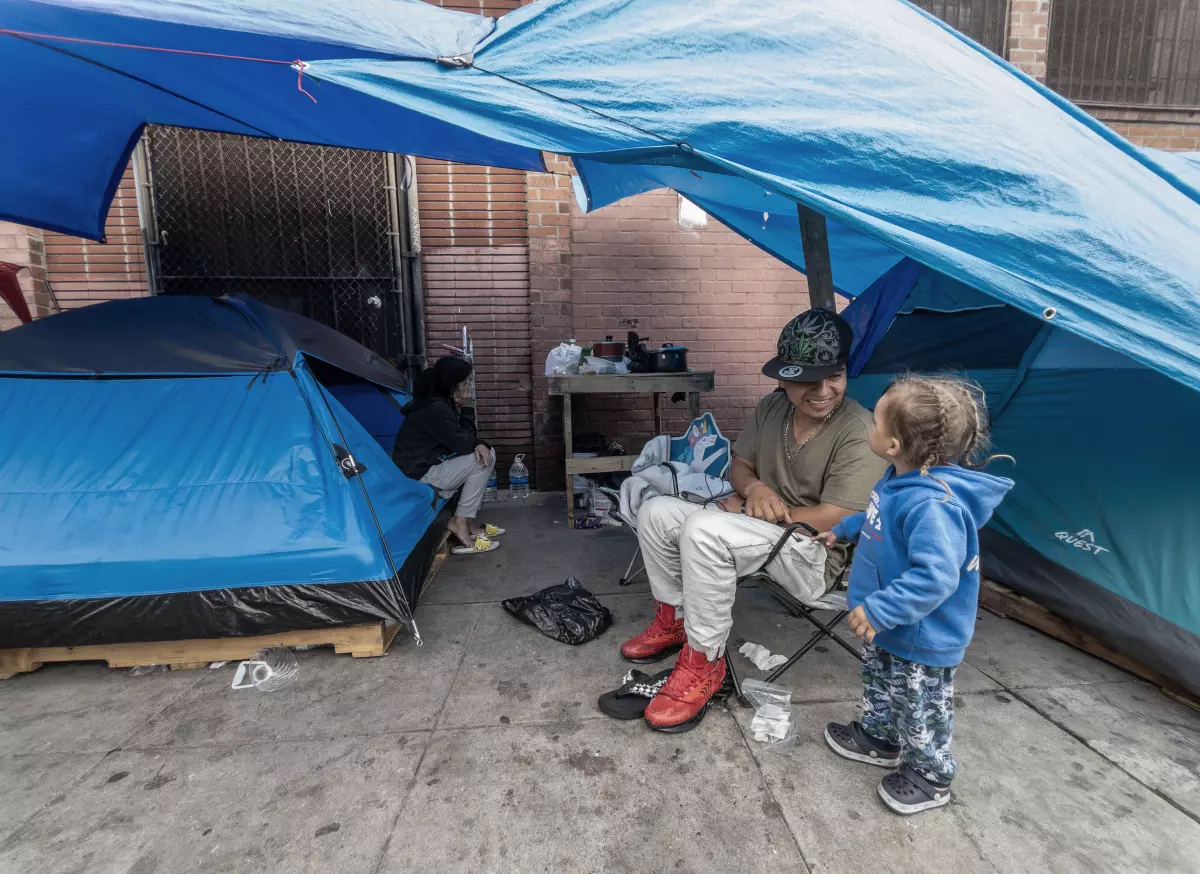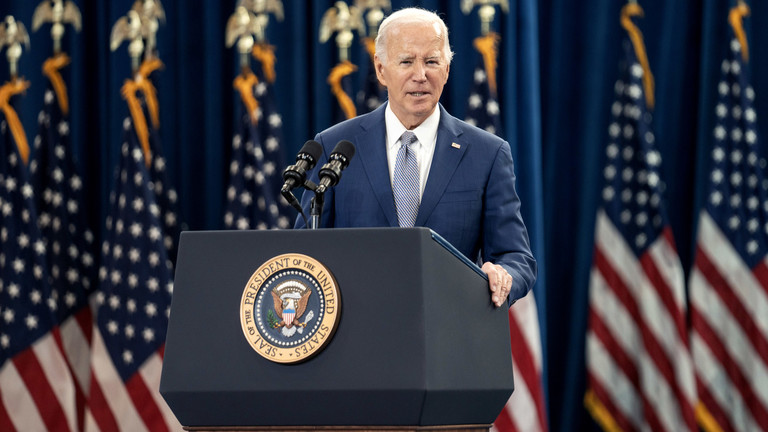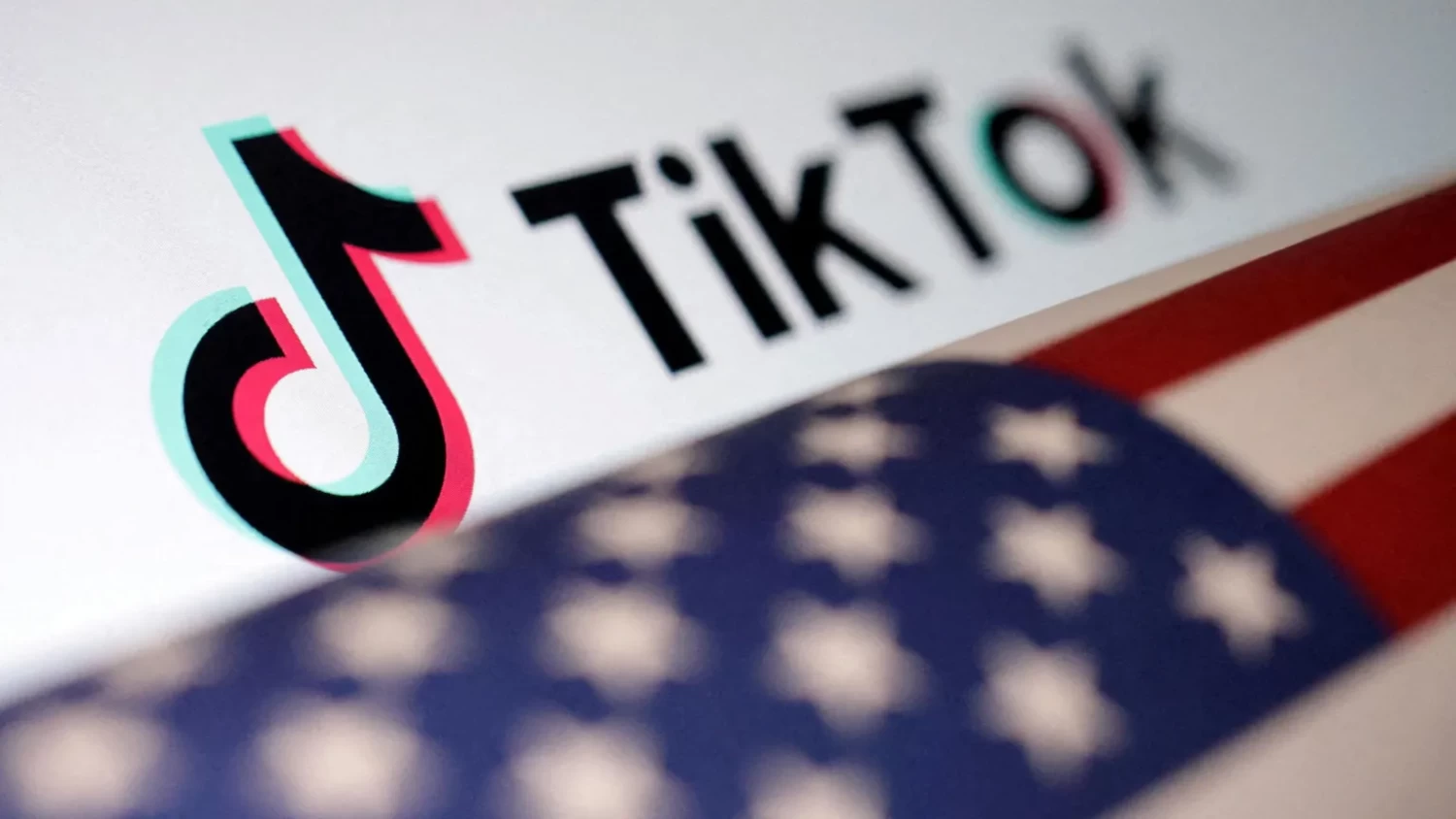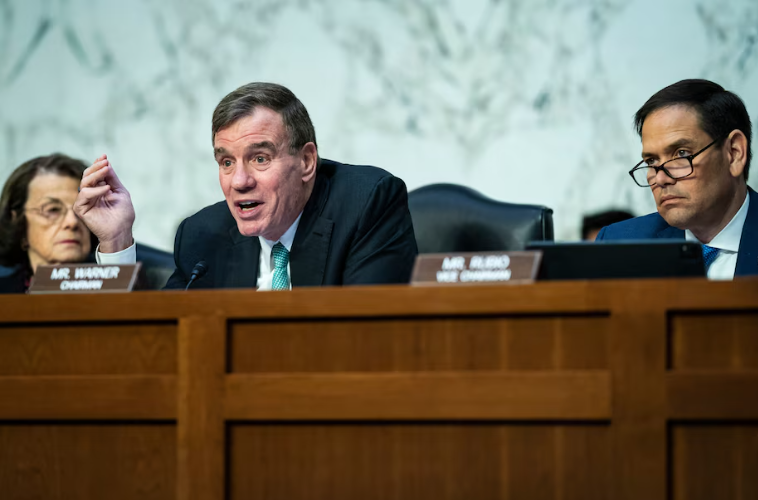The U.S. had its first execution by nitrogen gas. Here’s what to know.
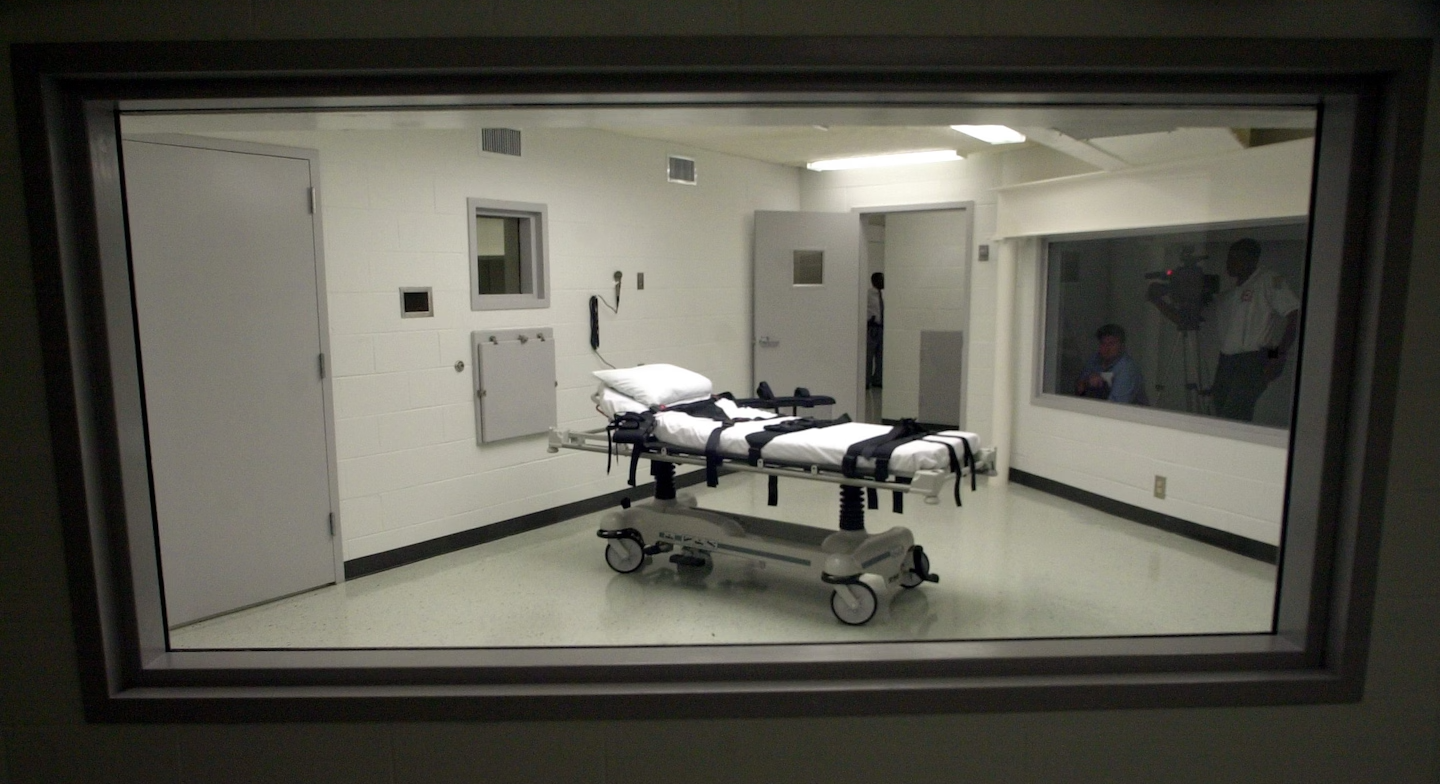
|
Kenneth Eugene Smith on Thursday became the first prisoner known to be executed by nitrogen hypoxia. It was the second time Smith — who was convicted in the 1988 murder of Elizabeth Sennett — had been strapped to a gurney in Alabama’s execution chamber in Atmore. A 2022 attempt to execute Smith by lethal injection had failed, pushing the state to find an alternative method. Though Alabama officials said execution by nitrogen gas was a painless and humane method, Smith’s attorneys and a slew of advocacy groups decried what they said amounted to using Smith as a test subject. The top human rights official at the United Nations warned that death by nitrogen hypoxia “could amount to torture or other cruel, inhuman or degrading treatment.” Smith was pronounced dead at 8:25 p.m. local time. WHAT TO KNOW What is nitrogen hypoxia? Nitrogen makes up more than 75 percent of the air humans breath every day. However, the odorless and colorless gas is only safe to inhale when it’s combined with oxygen — otherwise it becomes toxic and can have harmful effects, causing the “inability to move, loss of consciousness, convulsions, death,” according to the U.S. Chemical Safety Board. Nitrogen hypoxia, which has been used in some assisted suicides in Europe, depletes the body of oxygen, causing major organs to shut down. Yet, the method used in Alabama deviated from the method often used in euthanasia. Instead of using a hood or specially designed bag, the nitrogen in Smith’s execution was administered through a gas mask. Smith’s lawyers argued that the untested method could increase the likelihood of something going wrong. Leading up to Thursday’s execution, some advocates warned that the unproven method could lead to “grim and horrible” outcomes. Why is nitrogen hypoxia being used now? Lethal injection, in which up to three drugs are administered to stop the heart, has been the primary method of execution since it was first used in 1982. But the past decades have been marked by gruesomely botched executions, legal battles and a growing difficulty in states obtaining the drugs. Pharmaceutical companies have, in recent years, blocked their drugs from being used in executions. The drug shortage left some states “experimenting with new drugs and drug combinations to carry out executions, resulting in numerous prolonged and painful executions,” according to the Death Penalty Information Center, a nonprofit that provides information and analysis on death penalty issues. Other states considered alternative methods once deemed inhumane, including firing squads and electric chairs. Three states — Alabama, Mississippi and Oklahoma — have approved nitrogen hypoxia as an execution method but, until Thursday, no state had attempted to use it.
Alabama, where Smith was executed, is one of 27 states that have the death penalty. Yet, six of those states — Arizona, California, Ohio, Oregon, Pennsylvania and Tennessee — have, over the past decade, paused executions. 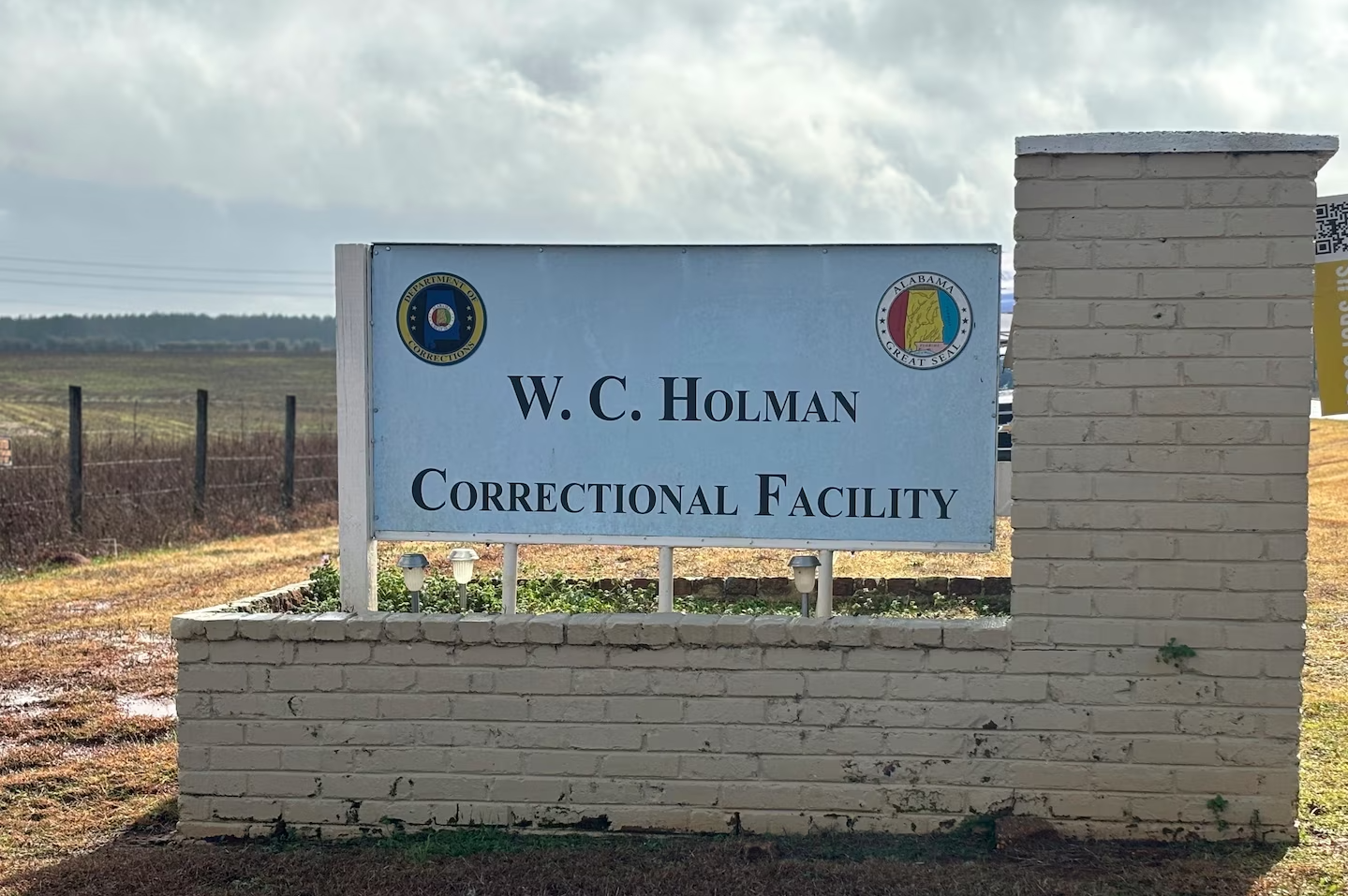
Some states have issued moratoriums on the practice. California Gov. Gavin Newsom (D) in 2019 ordered executions to be halted in the state, referring to the death penalty system “by all measures, a failure.” Last year, Pennsylvania Gov. Josh Shapiro (D) announced he’d extend his predecessor’s moratorium on the death penalty, while calling on the state legislature to abolish the practice. Other states, including Tennessee and Arizona, have suspended executions while reviewing protocols. In 2022, Alabama temporarily paused all executions following a string of failed lethal injection attempts, including that of Smith after prison staff members were unable to find a suitable vein to administer a lethal injection. Executions there resumed in July 2023. How many people are on death row? There are over 2,300 people on death row — a population that has steadily declined since 2001, according to the Death Penalty Information Center. “The yearly decline in the size of death row has consistently exceeded the number of executions carried out, meaning that more former death-row prisoners have been resentenced to life or less after overturning their death sentences, died from non-execution causes, or been exonerated than have been added to the row with new death sentences,” according to the nonprofit. While California has a moratorium on the death penalty, the state has 650 people on death row — the most in the Western hemisphere, according to Death Penalty Focus, a Sacramento-based nonprofit that advocates against capital punishment. Since 1977, after the Supreme Court reinstated the death penalty following a five-year hiatus, there have been more than 1,500 executions in the United States. Last year, 24 were carried out by lethal injection across five states: Alabama, Florida, Missouri, Oklahoma and Texas. One-third of them took place in Texas. What do Americans think about the death penalty? Americans’ attitudes about capital punishment have changed dramatically over the decades. According to 2023 Gallup data, 53 percent of respondents said they supported the policy, which was lower than at any point in the past 50 years. Support typically coincides with crime rates — when public concern over crime was at an all-time high in 1994, support for the death penalty peaked at 80 percent, according to a Gallup study. 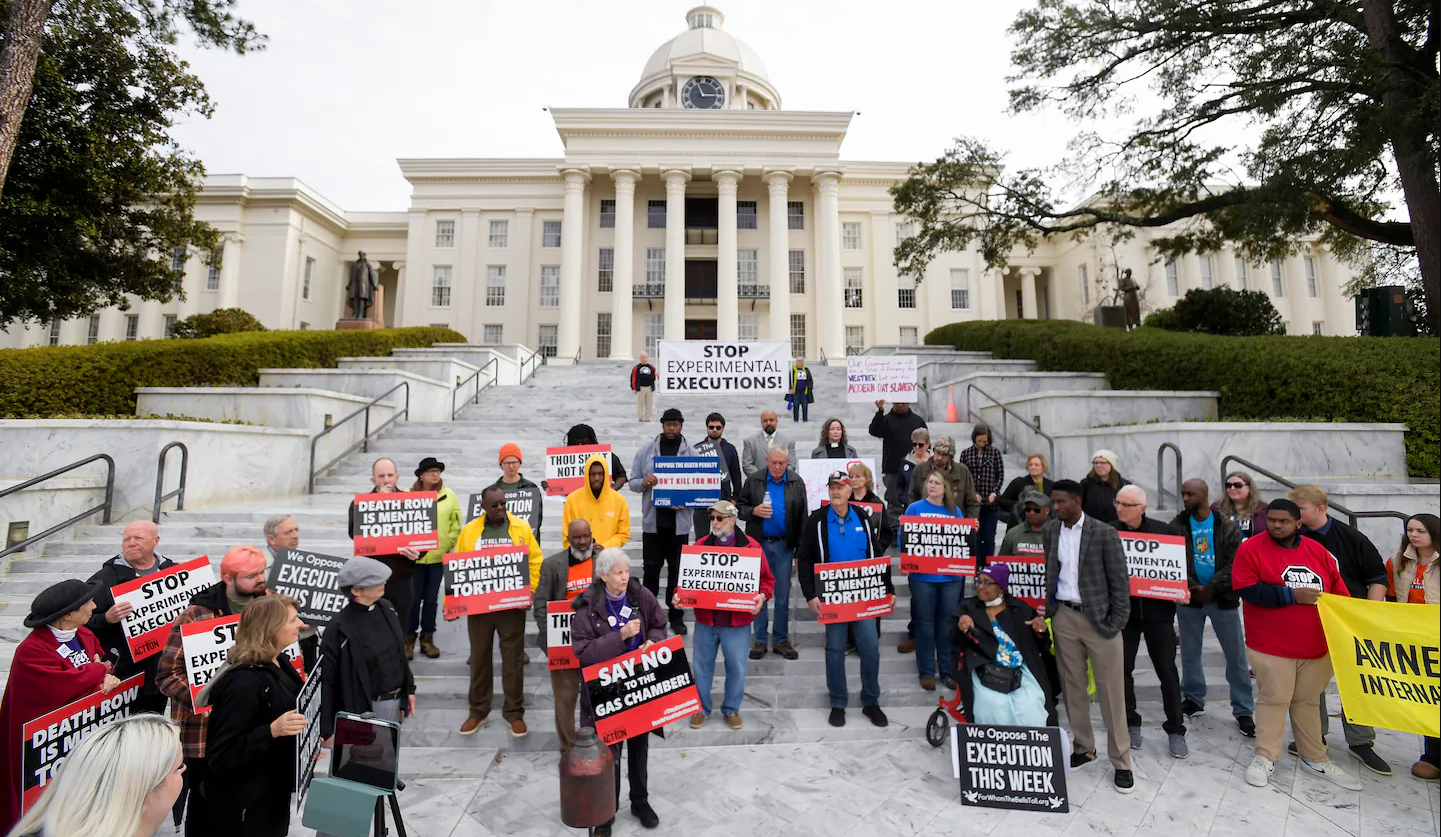
Last year, half of Gallup poll respondents said they believed the death penalty is applied unfairly in the country. Support for the punishment, however, is divided along party lines: While 81 percent of Republican respondents said they supported the death penalty, only 32 percent of surveyed Democrats said the same, according to Gallup. Kim Bellware and Randy Dotinga contributed to this report. |
Keywords
Newer articles
